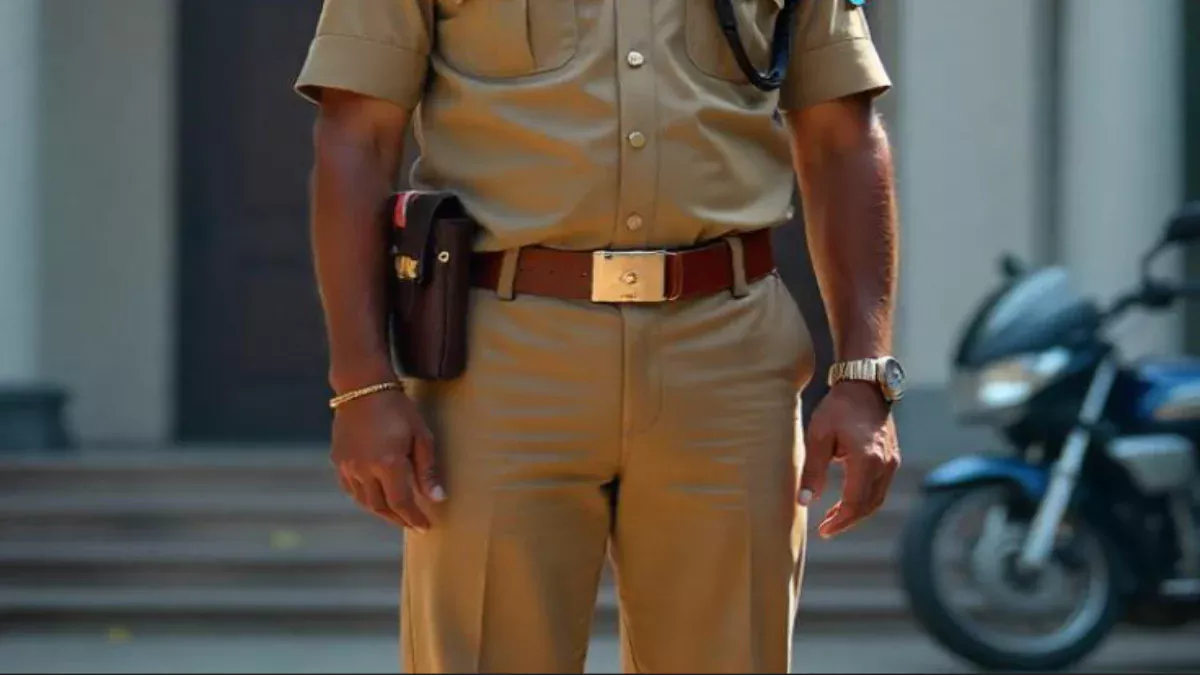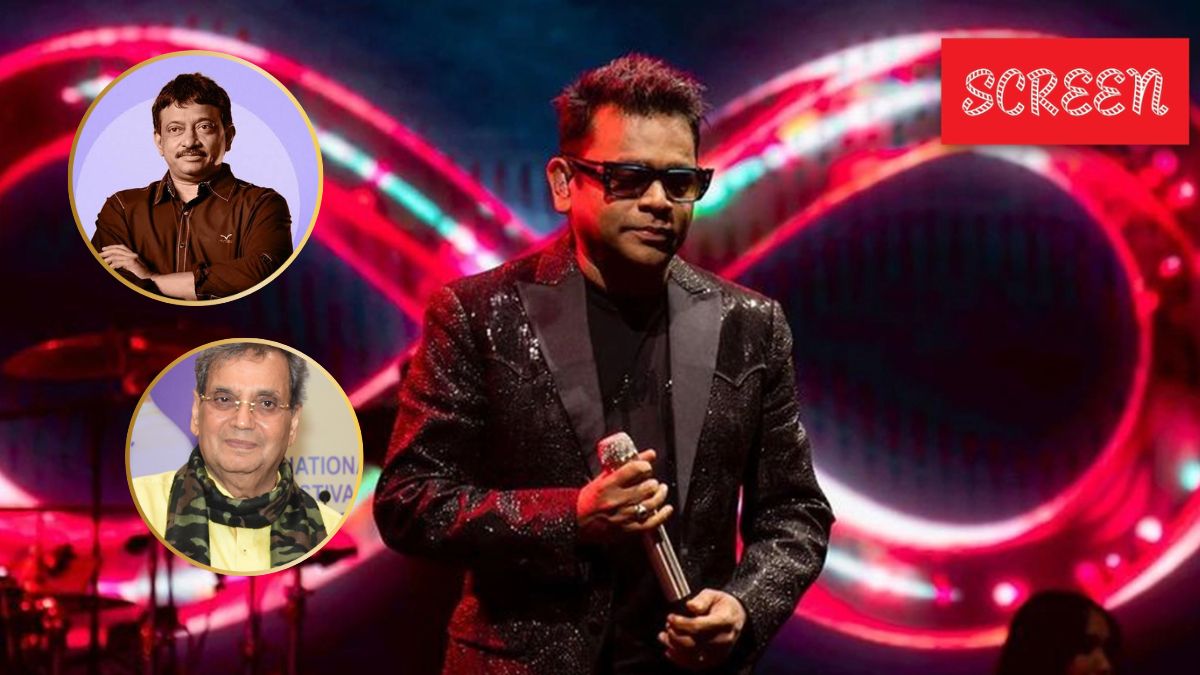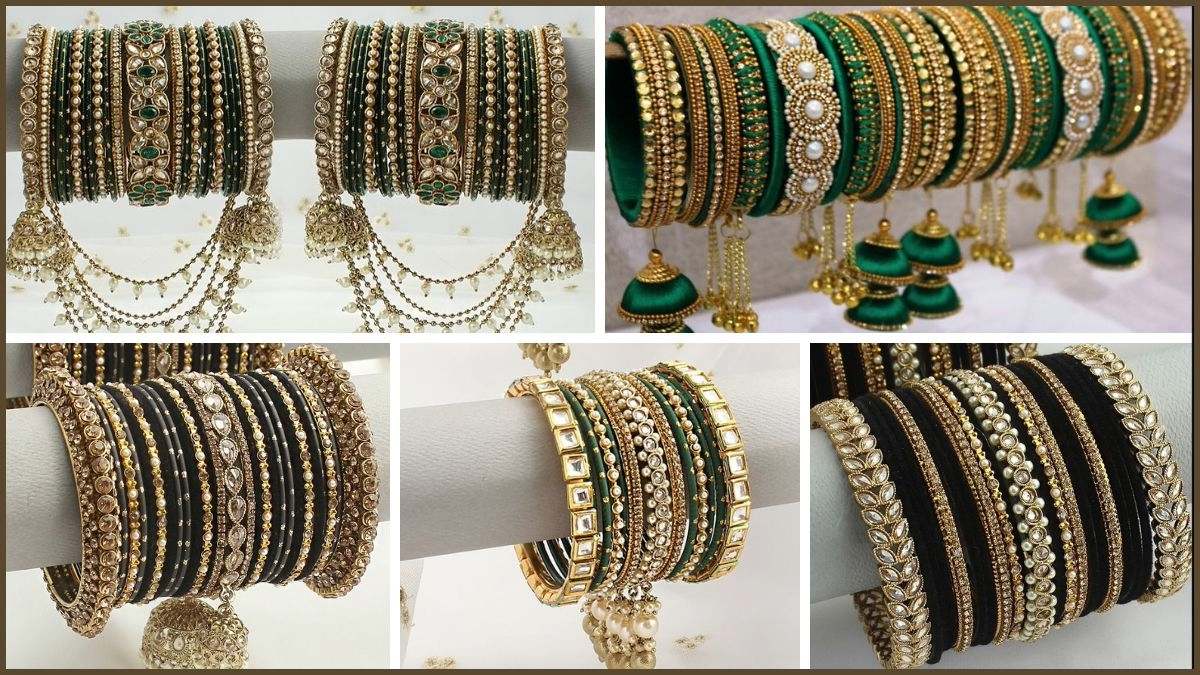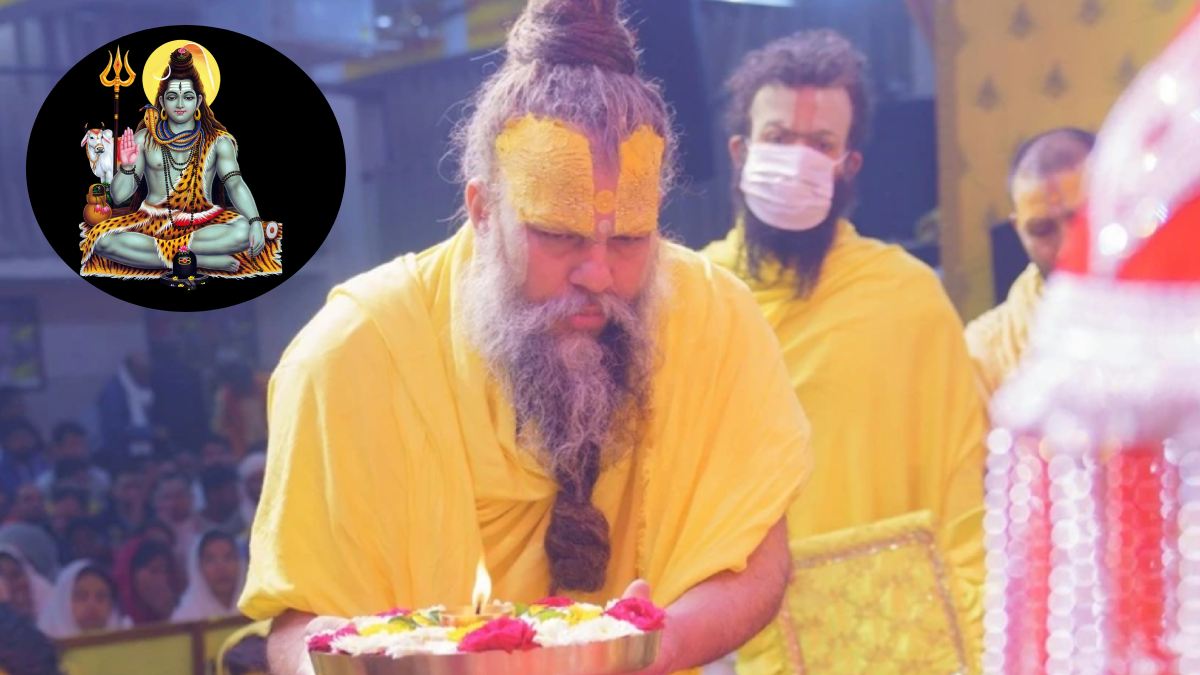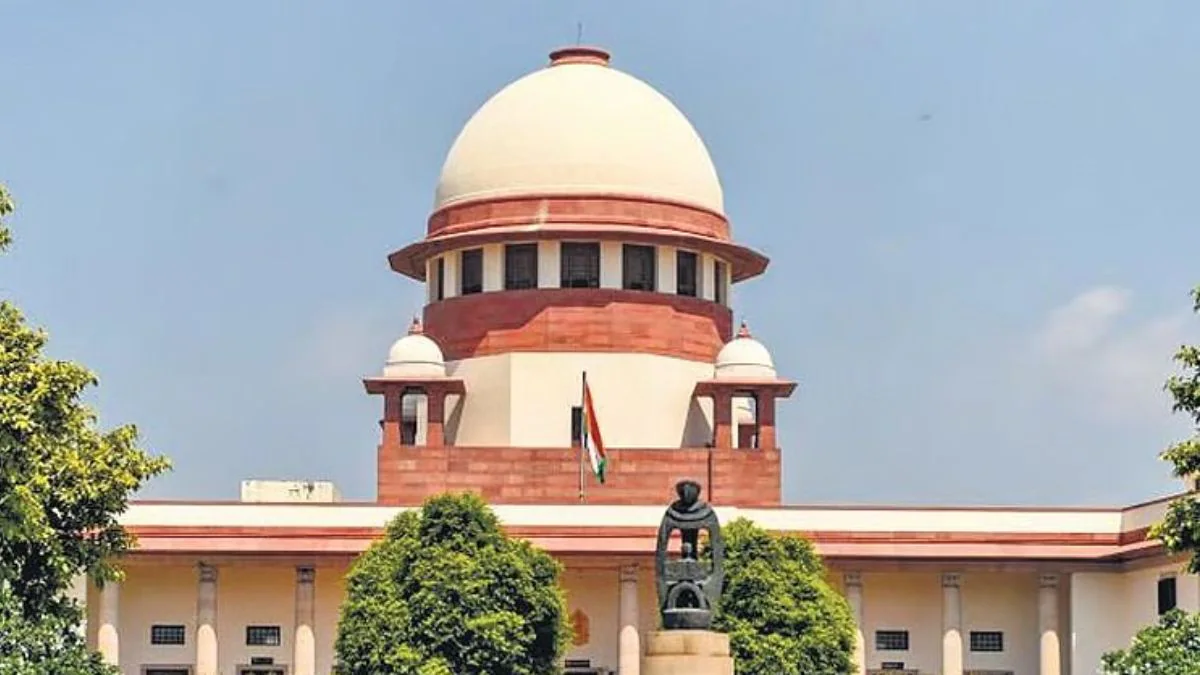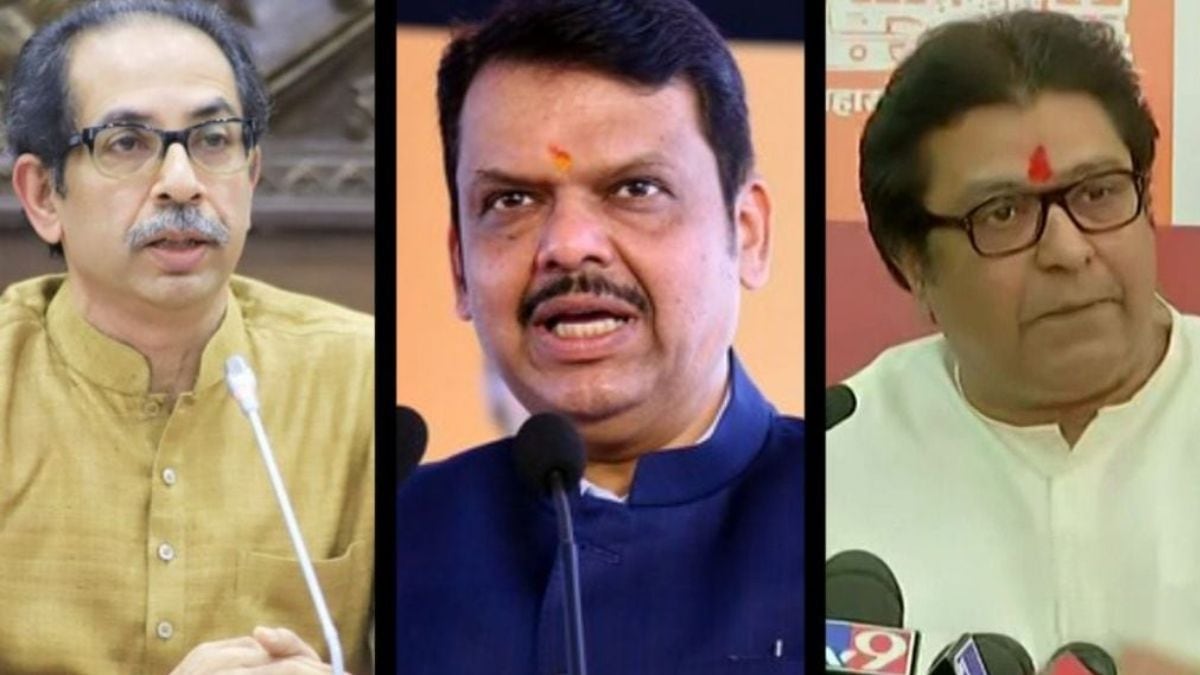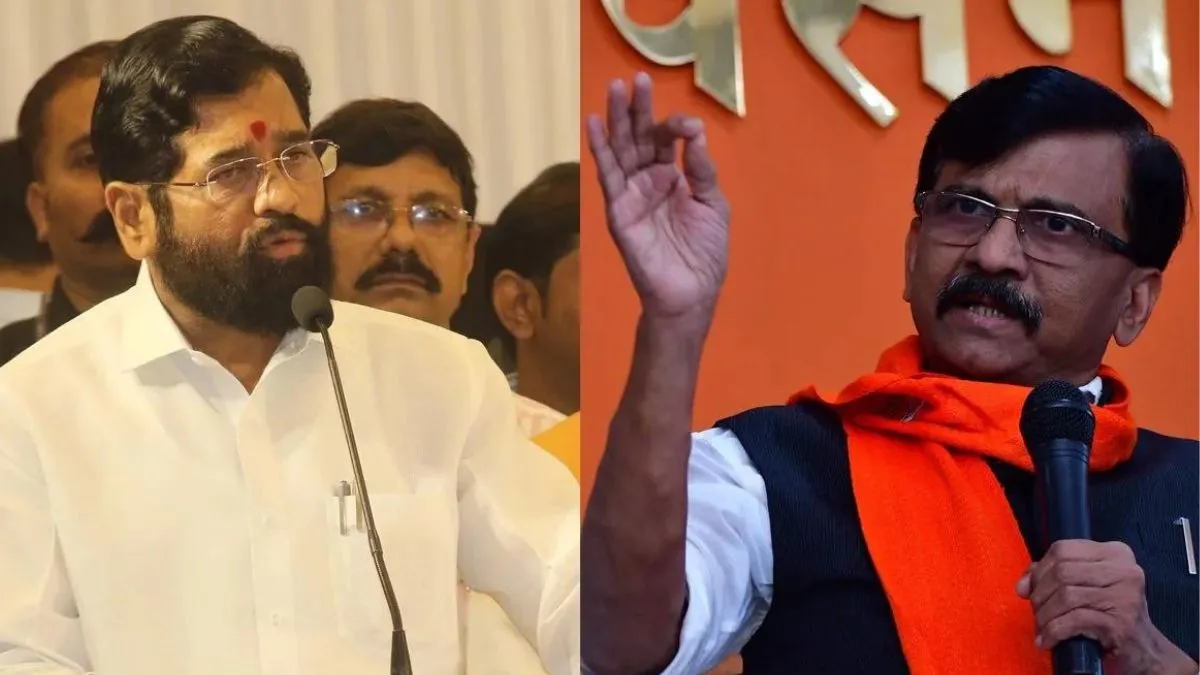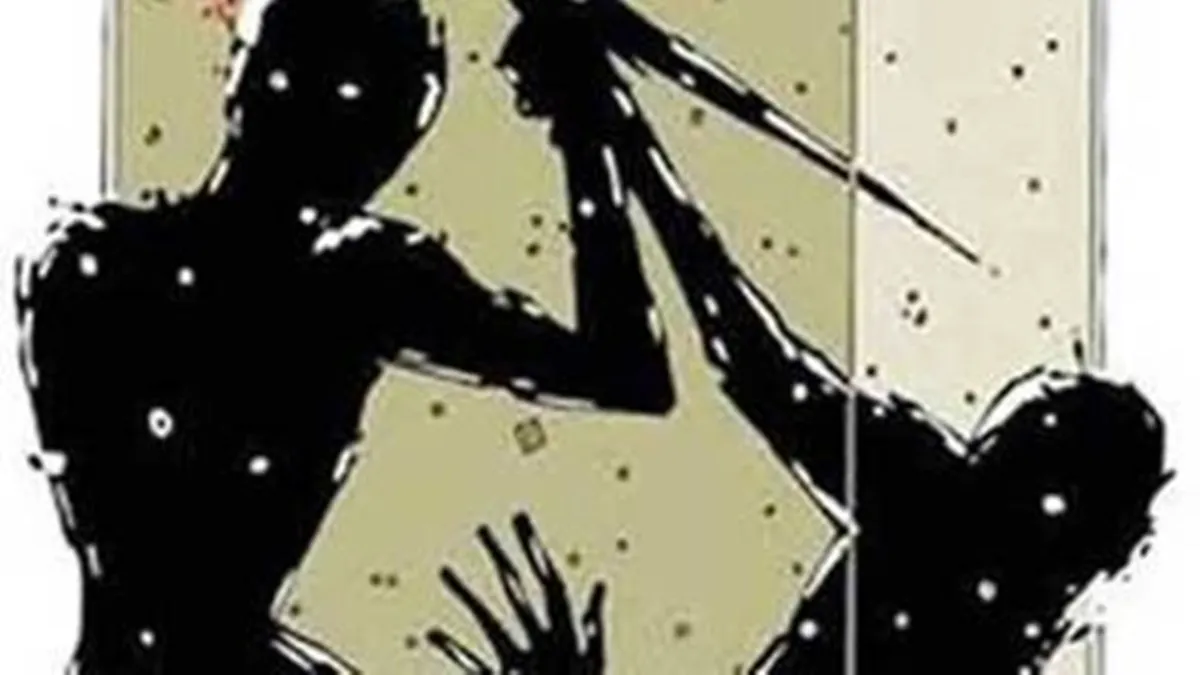At the Vile Parle Railway station, if you ask an autorickshaw driver for directions to a destination near Chandan Cinema, you might hear a warning, “Chandan toh tod diya hai (Chandan has been demolished).” For many Mumbaikars, this simple reply evokes a bittersweet reminder of a bygone era – one where the iconic single-screen theatre stood tall, connecting generations of cinephiles.
Fifty years after its inauguration in 1973 with Raj Kapoor’s Bobby, Chandan Cinema in Juhu has now been reduced to rubble. Developed by businessman Baijanath Joshi and named after his wife Chandrakanta, whom he lovingly called Chandan, the theatre held a special place in the hearts of Mumbaikars. During its prime, Chandan was not just a movie theatre, but an integral part of the city’s culture – a place where families, friends, and strangers came to laugh, cry, and cheer together, through the magic of cinema.
Chandan was one of the last single-screen theatres in Mumbai, standing strong in an age when multiplexes dominated the cityscape. When it opened, Mumbai had just one multiplex, the G7 complex in Bandra. Chandan quickly became a landmark in Juhu, a magnet for middle-class moviegoers who liked its accessible ticket prices and immersive experience.
“In the 1970s, the movie landscape of suburban Mumbai was defined by three theatres: Navrang, Ambar-Oscar-Minor, and Chandan. Of these, Chandan was the dearest to me. An exciting mix of rural and urban audiences, yummy eatables and lots more,” says Ajit Ramchanddran, Mumbai-based senior writer and researcher.
Besides Bollywood, Chandan also was a hub for Hollywood cinema, hosting special morning screenings that introduced international films to Indian audiences at a time when they were not widely available. Longtime cinema enthusiast Amit Dadhich recalls the evolution of Chandan from the wooden seats in the 1990s to its more modern cushioned seating and balcony sections in later years. “Chandan was more than a theatre; it was a witness to the making of Bollywood superstars and the industry dynamics,” he says.
Dadhich reminisces about the “Hollywood mornings” and the Salman Khan euphoria that swept through the theatre during the release of his films. “It was a place where you could truly enjoy cinema, with an audience that celebrated movies with whistles, claps, and cheers.”
However, as multiplexes emerged, the charm of single-screen theatres like Chandan began to wane. The theatre, which once hosted a strong audience of 1,100, struggled to fill even 50 per cent of its seats during its last few years. Dadhich’s last visit to Chandan was to watch Simmba in December 2017, marking the end of an era for him and many others.
Costume designer and celebrity stylist Rima Mathew Melwani shares a special bond with Chandan, as it was inaugurated in the same year she was born, 1973. She notes that Chandan made a bold start by screening Bobby, the film that revolutionised Indian cinema with its youthful and romantic theme at a time when serious movies dominated the landscape.
“Often, I watched movies in the Upper Stall just to get a high from the rural cine-goers who thronged Chandan. During Bobby I witnessed people dancing like crazy during the Jhooth Bole Kauwa Kate number,” adds Ramachanddran.
“More than being just a theatre, Chandan was an experience. Unlike multiplexes, which feel fashionably formal, Chandan allowed people to be themselves. You would see someone stepping out of an expensive car but blending right in once inside. The claps, cheers, and even dances made watching a movie at Chandan unique,” says Melwani. She fondly remembers spotting Rekha, disguised with a covered face but unmistakable due to her iconic eye makeup, watching a film to witness the audience’s reaction to her work.
For many Mumbaikars, the theatre’s samosas and wafers were as iconic as its movies, offering an alternative to the popcorn culture of modern multiplexes. “Greasy samosas, made from palm oil and packed in super-white packets. Sinfully delectable! Masala Milk. A crummy wafer brand. This was what I always munched on even as I watched films,” Ramachanddran remembers.
The single-screen theatre shut down in 2019 with the last film screened was Akshay Kumar’s Kesari. In 2017, the Brihanmumbai Municipal Corporation (BMC) declared the structure unsafe. Plans to redevelop it into a multiplex-cum-mall were stalled due to regulatory hurdles, including the need for a no-objection certificate (NOC) from the Defence Ministry, as the site is near a Signal Transmitting Station. The demolition began this month to make way for a retail space, marking the end of a cultural landmark cherished by generations of Mumbaikars.
The walls of Chandan Cinema may have come down, but its legacy remains forever in the hearts of countless Mumbaikars. As Melwani puts it, “Old gives way to new, but some things are irreplaceable.” Chandan’s legacy will always be remembered as a cornerstone of Mumbai’s cinematic heritage, a place where the city’s love for movies came alive.
Stay informed with access to our award-winning journalism.
Avoid misinformation with trusted, accurate reporting.
Make smarter decisions with insights that matter.




